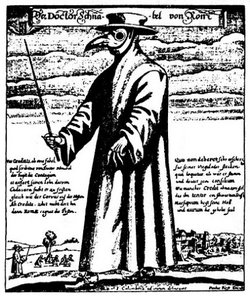In the 1960s, coronavirus was discovered as distinct from the common cold so future analyses may also find pandemics that occurred long before 2003, 2012, and 2019. 'The plague', as it became known in the Middle Ages, has previously been identified in Eurasia between during the Late Neolithic and Bronze Age, so we now know it was easily transmitted.
Even to an island.

Using genome sequencing, the researchers showed that this strain of the Yersinia pestis looks very similar to the strain identified in Eurasia at the same time. The Charterhouse Warren site is different from other funeral sites from the time period, those buried died from trauma, not due to an outbreak of plague so individuals may have been infected at the time they died but were not symptomatic, the way some deaths listed as related to COVID-19 didn't involve coronavirus at all, they had just tested positive for it a few weeks before they were shot.
The individuals identified all lacked the yapC and ymt genes, which are seen in later strains of plague and play a role in plague transmission via fleas, which is how later plague strains such as the one that caused the Black Death were transmitted.
Because pathogenic DNA – DNA from bacteria, protozoa, or viruses which cause disease – degrades very quickly in samples which might be incomplete or eroded, it’s also possible that other individuals at these burial sites may have been infected with the same strain of plague.




Comments